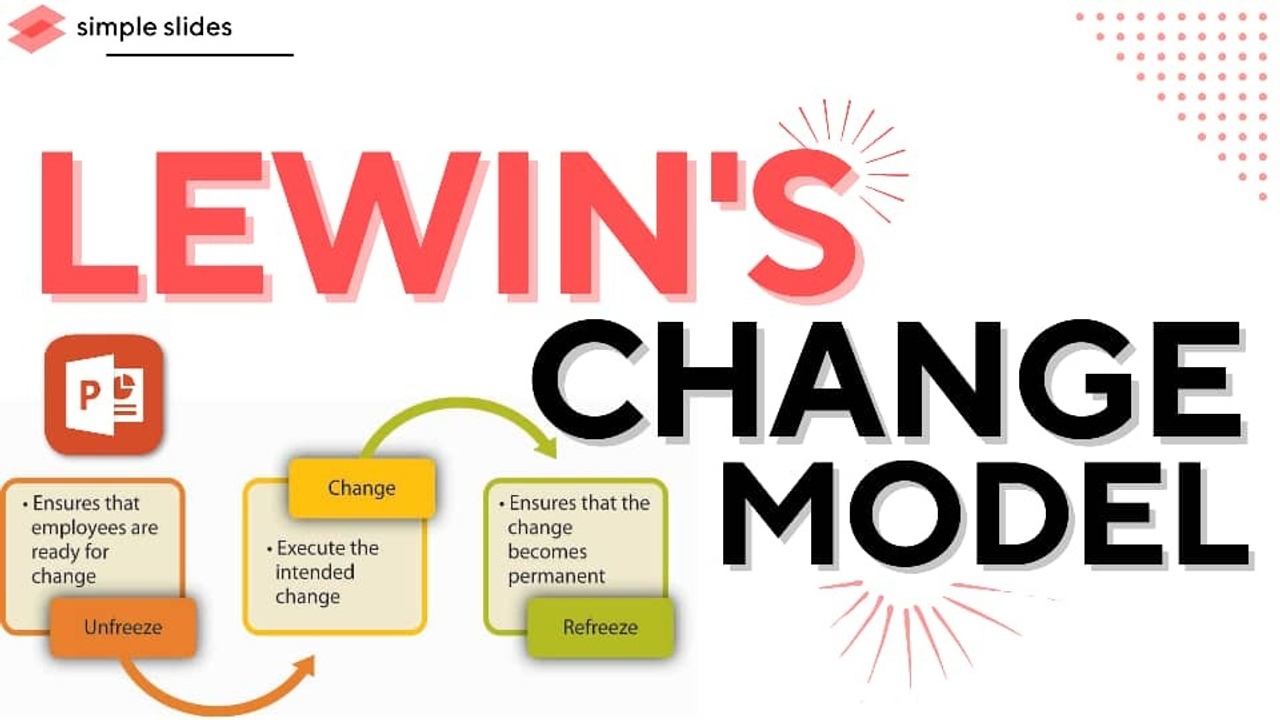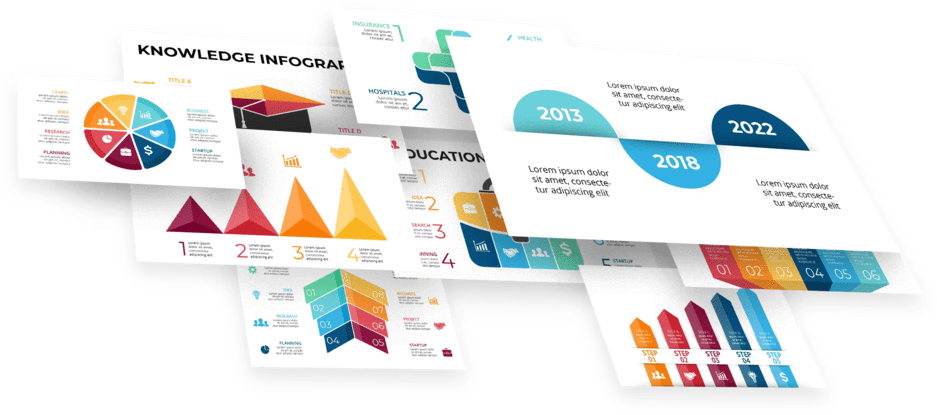Lewin's Change Model: A Comprehensive Guide
Nov 14, 2022
Your organization must evolve continuously to remain competitive. However, most employees will tend to choose stability over change.
Successful business leaders understand this challenge and, as a result, employ change management models. Change management models guide change leaders and managers through the entire change process and increase the chances of success.
Kurt Lewin introduced one of the most effective change management frameworks several decades ago. We will explain Lewin's change management model and how to implement it.
What Is Lewin's Change Model?
Kurt Lewin, a renowned physicist and psychologist designed this change management model to help organizations understand and manage change. The framework enables businesses to alter the status quo without straining their stakeholders and processes.
How Does Lewin's Change Model Work?
Lewin drew inspiration from ice. To alter the shape of a block of ice, you must first unfreeze it. This will allow you to change its shape as you desire.
Once the change is complete, you can refreeze the ice to solidify it. If you try to remold the ice in its original state, you will break it.
With this analogy, Lewin suggests that leaders should see organizational change as a process. Don't execute organizational change forcefully or blindly to avoid failure. Instead, allow it to go through the necessary stages.
Need to make an important decision? Get our decision tree template.
What Are the Stages in Lewin's Change Model?
Lewin's change management strategy consists of three stages, i.e., unfreeze, change, and refreeze. Take your organization through each of these to ensure a successful transition.
Unfreezing Stage.
You can't effect change without getting rid of the existing status quo. Lewin's model starts with a preparation stage. You need to create awareness and help key stakeholders understand the importance of the impending change.
To achieve this, you can point to business challenges or opportunities. For instance, you can show that the company's sales are declining and argue for a product revamp.
Don't expect everyone to accept your proposition at first glance. Be ready to listen to the affected employees and address their worries. This is an excellent way to drive employee involvement.
Here are some steps to take in the unfreezing stage:
- Analyze your company's situation to determine the necessary changes
- Ensure everyone understands the reasons for the change and its benefits
- Get the support of key stakeholders
- Develop your vision and strategy for change
- Communicate with the affected individuals and address their concerns
Change Stage.
You can start implementing the change now that you have notified everyone involved. However, you must do this carefully to ensure the transition goes smoothly.
Though the employees have started adjusting to the change, the implementation process can be lengthy. As a result, you must give them time and stay in touch.
Explain the benefits the individuals and the company will get from the transition. You should also explain the roles of each team member and the different tasks that the project requires. The addition of milestones can be a source of motivation.
For better communication, you may choose influential individuals as your change evangelists. These individuals can work closely with the individuals in their respective departments.
Take the following steps in the change stage:
- Create a communication plan
- Address issues and dispel rumors
- Choose change evangelists
- Set milestones for short-term wins

Refreezing Stage.
As its name suggests, you solidify your changes in the refreezing stage. This can be the most challenging part of your transition period because human behavior doesn't change overnight.
You must take specific steps to ensure the change becomes the new status quo. If not, you will find your employees reverting to the old methods and procedures.
Here are some tips on how to reinforce change in the final stage:
- Remove barriers such as negative employee behavior, poor communication, insufficient resources, poor employee involvement, etc.
- Introduce a reward system for best performers
- Collect feedback and address employee concerns
- Provide training and guidance to affected employees
- Make the necessary alterations to the organizational structure
- Continue to communicate with all stakeholders
- Measure progress
- Celebrate wins
Lewin's Change Theory.
According to Kurt Lewin's force field analysis, two types of forces (driving and restraining forces) affect organizational change. The driving forces support the initiative, while restraining forces oppose it.
For successful implementation, the driving forces must be greater than the restraining forces. You can achieve this through employee involvement, training, and effective communication.

Pros of Lewin's Change Model.
Lewin's model of change management is an ideal framework for organizations. They include:
- It is simple
- It creates lasting changes
- It is employee-oriented
These are the best project infographics you will find anywhere!
Cons of Lewin's Change Model.
Lewin's change model has some criticisms. They include:
- It can be too simple
- It lacks dynamism
Download Lewin's Change Model Template.
Presenting and explaining Lewin's change management model is easy when you use a presentation. Download our Lewin's change model template for professional, appealing, and easily understandable slides. All slides are fully editable.
Frequently Asked Questions:
What is Lewin's change management model?
Lewin's change management model is a simple framework that helps organizations manage transitions by eliminating barriers and driving employee involvement.
What are the three stages in Lewin's change management model?
The three stages in Lewin's change management model are the unfreeze, change, and refreeze stages.
What is the importance of Lewin's change management model?
Lewin's change management model reduces resistance and uncertainty during transformational change.
Related Articles:
Get A Free Sample of Our Award-Winning PowerPoint Templates + University
Get A Free Sample of Our Award-Winning PowerPoint Templates + University
Join our mailing list to receive the latest news and updates from our team.
Don't worry, your information will not be shared.
We hate SPAM. We will never sell your information, for any reason.





